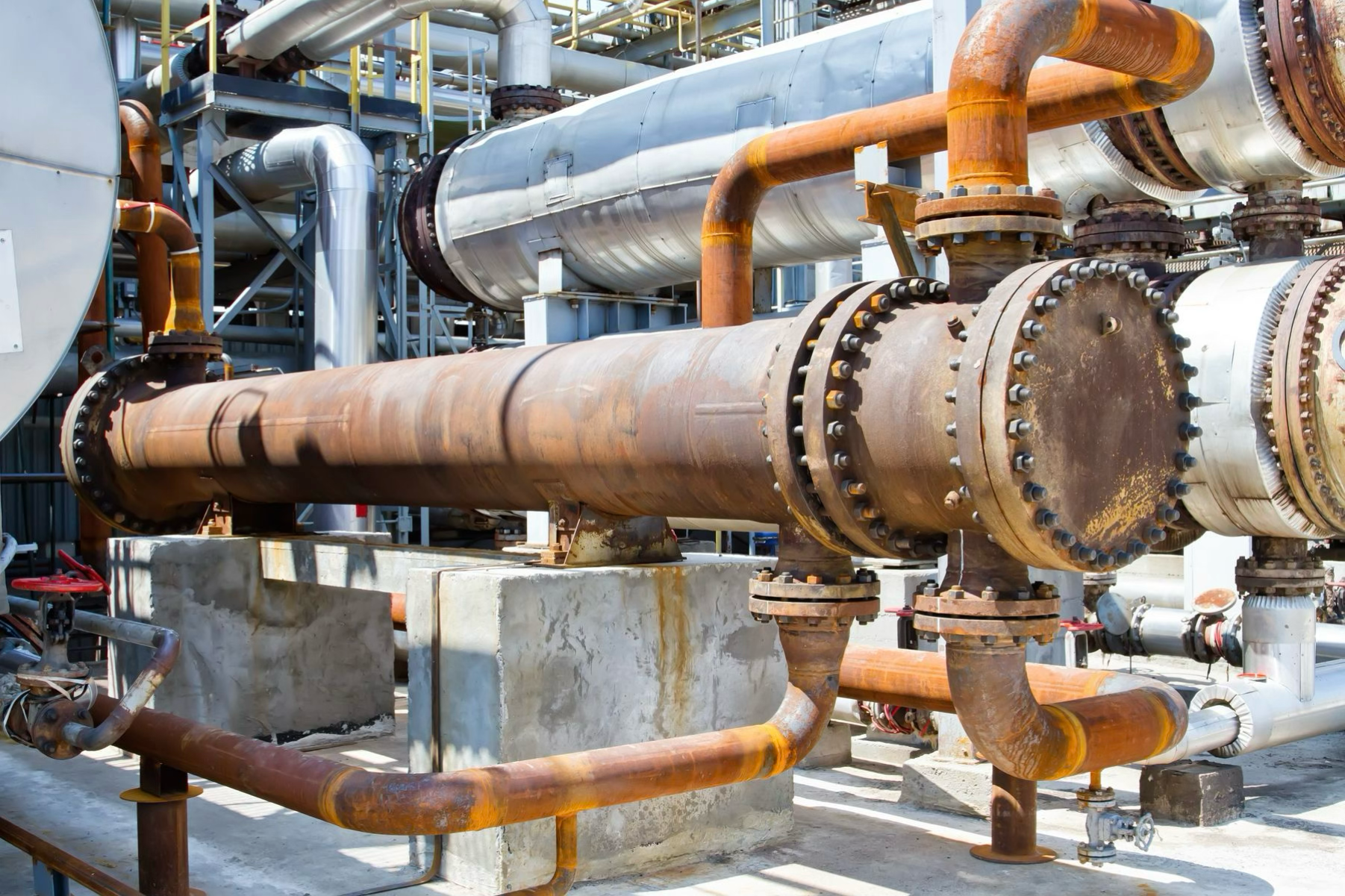By Francisco Duque and Angelica Pajkovic
Heat exchangers are critical components in chemical manufacturing, facilitating efficient heat transfer between process fluids. To ensure operational reliability, prevent fluid leakage, and minimize unplanned downtime, properly selected and installed gaskets are essential.
Selecting the appropriate gasket material and following the best installation practices are essential in maintaining the safety, efficiency and longevity of heat exchanger systems.
The Challenge
A large chemical plant in Brazil faced persistent gasket failures in a key heat exchanger, leading to daily maintenance interruptions. With high operating temperatures and pressures in heat exchangers, even minor leaks can result in decreased efficiency and create safety hazards.
Gaskets play a crucial role in compensating for flange surface irregularities, preventing process fluid escape, and maintaining thermal and mechanical stability. Without a reliable gasket, fluctuating operating conditions can cause joint relaxation, leading to leaks and potential equipment failure.
In this case, the plant used skived virgin polytetrafluoroethylene (PTFE) gaskets, which proved to be inadequate for the challenging application. The gaskets suffered frequent failures, resulting in at least two hours of unplanned maintenance downtime per day. These costly recurring issues significantly impacted overall plant efficiency, prompting the facility to seek a more effective sealing solution.

Example of a heat exchanger used at a chemical plant.
Gasket Evaluation
Recognizing that the existing maintenance program was insufficient to resolve the issue, the plant consulted gasket engineering specialists for a comprehensive evaluation. An engineering team conducted a thorough evaluation of the application and identified two key factors contributing to the premature gasket failures:
- Material Limitations: Skived virgin PTFE gaskets are highly susceptible to creep and cold flow, particularly at elevated temperatures. These mechanical properties led to poor gasket recovery and inadequate bolt load retention, ultimately causing frequent leaks.
- Improper Installation Practices: The issues were further exacerbated when the plant maintenance personnel did not adhere to industry-standard flange assembly best practices.

Examples of type of gasket used to solve the heat exchanger sealing issue.
Solution Implemented
Selecting the right material is crucial for long-term reliability in demanding chemical processing environments that require gaskets capable of providing superior creep resistance, chemical compatibility, and consistent bolt load retention.
Upon assessment, the support team provided a twofold solution to address the challenges:
- Material Upgrade: The existing skived PTFE gaskets were replaced with a high performance, restructured PTFE gasket made with barium sulfate, suitable for strong caustic fluids. The material upgrade provided a more robust sealing solution tailored for the high-temperature and high-pressure conditions of the heat exchanger.
- Training on Best Practices: Professional field and technical personnel collaborated with the plant’s maintenance team to provide hands-on training in flange assembly best practices, following the American Society of Mechanical Engineers (ASME) PCC-1 –Guidelines for Pressure Boundary Bolted Flange Joint Assembly (BFJA). This collaboration ensured proper installation and optimized the gasket’s performance.
Results
After implementing these recommendations, the plant observed immediate and measurable improvements:
- Leak-Free Operation: The leakage issue was resolved, with follow-up inspections after one month confirming there were no signs of leaks.
- Increased Uptime: The elimination of daily maintenance downtime allowed the plant to operate continuously without costly interruptions.
- Enhanced Reliability: The combination of the upgraded gaskets and proper installation practices significantly improved the overall reliability of the heat exchanger.
Conclusion
This case study demonstrates the importance of selecting the right gasket material and following proper installation procedures for challenging applications. By partnering with an industry-leading sealing solutions provider, the chemical plant successfully resolved a persistent operational issue, achieving greater efficiency, reliability and long-term cost savings.
 About the Author
About the Author 